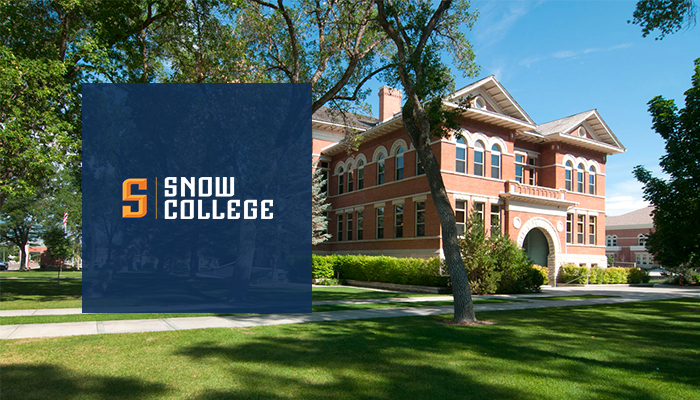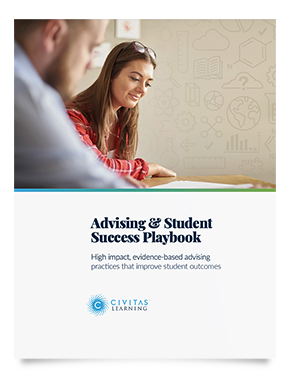
3 Academic Advising Strategies to Improve Student Engagement
Share this Post
Academic advising strategies to help your team scale personalized student outreach.
Holistic academic advising is consistently one of higher education’s most effective student success initiatives. When we reviewed more than 1,000 initiatives and programs nationwide at more than 55 colleges and universities, we found that academic advising has the highest impact on student success. Academic advising increased persistence by 6.36 percentage points at 4-year public institutions and by 8.13 percentage points at 2-year public institutions.
And students agree.
In a study with the Center for Generational Kinetics, 80% of students stated they are most confident in turning to an advisor for support. In that same study, students also expressed the expectation that relationships with their academic advisors be personalized, proactive, and focused.
When asked: What would make an advisor relationship more meaningful? Students said they want their academic advisors to be knowledgeable, accessible, and personally connected.

In a higher education landscape that is increasingly resource-constrained, delivering this level of personalized student support by adding more staff may not be possible, and honestly isn’t always the best fix.
Here’s some good news: you can still have meaningful connections with students without meeting face-to-face. Data shows that many students prefer contact via email or text. Even before the pandemic, students voiced they preferred this approach and did not feel that every interaction required a one-to-one meeting.
By reserving meetings for students who need them most, advisors can refocus time on proactive outreach to students not requesting appointments. Many students want their academic advisor to be accessible through multiple channels. When a face-to-face meeting isn’t necessary, a short check-in note via text or email can go a long way.
Here are three ways your academic advising team can use their professional experience and data-informed decision-making to increase student engagement on your campus.
Related Resource
Analytics Reveal Opportunities to Deliver Personalized Support
Personalize Your Communication
Personalization matters, but it doesn’t have to happen only in a one-to-one meeting to be effective. More than anything, students want you to know them and their current situation, so you can deliver support that fits their needs. Understanding which specific resources and programs will be most effective for your students is more important than connecting with them in a traditional meeting setting.
When you reach out to your students, avoid formal or transactional messaging. Instead, craft your communication to include personalization and growth mindset-based messaging that lets your students know how much you care about them. We’ve found that positive mindset messaging can lift persistence by a +1% to +10% (PP). (More in our Advising & Student Support Playbook)
A New Approach to Academic Advising Caseload Management
Use a Multi-Channel Outreach Approach
Many students don’t expect to schedule an appointment with an advisor whenever they need support. Instead, they want to access advisors through a variety of channels. A Generational Kinetics study found that 56% of students prefer online and digital coaching like email, text, or video conferencing.
Rather than sending mass messages to a predetermined cohort, use data to help you determine which channels are the most effective mode of communication for a particular student. This data-informed, student-centered approach empowers advisors to scale student success and personalize outreach. By combining your professional expertise with student data and the right communication tools, you can easily identify the best channels to contact students when they need support most. (More on scaling personalized student outreach)
Related Resource
5 Ways to Remove Barriers to Course Enrollment
Tune Engagement Strategy to Level of Support Your Student Needs
As you’ve likely noticed, the students who regularly set appointments might be the students who need the least amount of support. Often, the students who aren’t engaging with you need your attention most.
Comprehensive visibility into learning management system (LMS) activity data, current course information, notes from others in their support network, and persistence predictions enable you to tailor your outreach efforts to the students needing support today. As a student faces new challenges throughout the term, you can adjust your engagement strategy as the student’s persistence prediction shifts. By knowing when and how best to contact your students, you can prescribe effective interventions when they will most impact student success.
The takeaway. Face-to-face meetings do not always equal personalized support. Instead, using student data to easily access information and identify the most appropriate interventions can improve student engagement.






